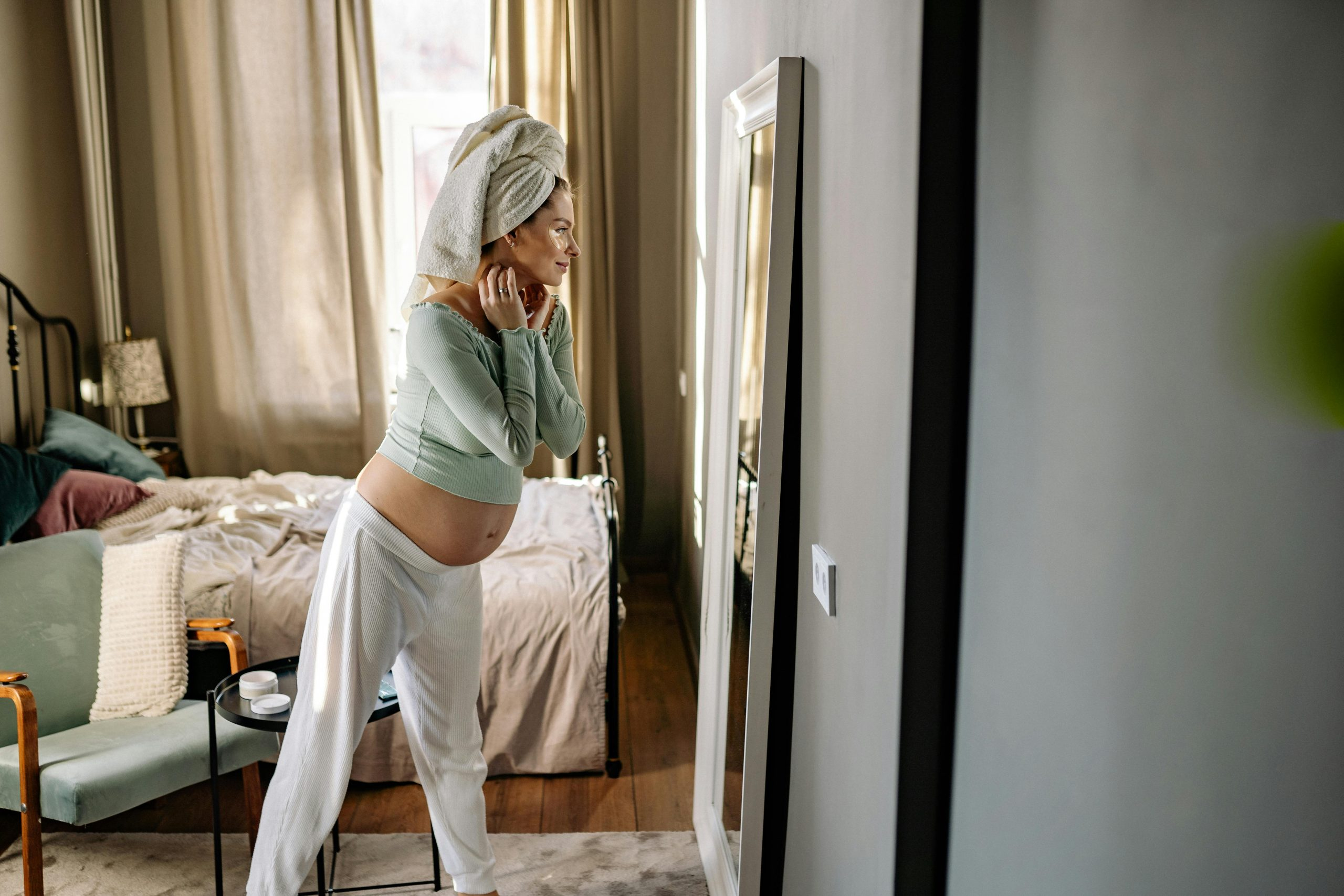The Psychology of Home Design: How Interior Choices Affect Wellbeing
Welcome to your home – the place where you unwind, recharge, and make memories. Most people spend a significant amount of time in their homes, and the design and organization of this space can greatly impact their overall wellbeing. Interior choices such as furniture arrangement, color scheme, and lighting can all play a role in our emotional and mental state. In this article, we will explore the psychology of home design and how it affects our wellbeing.
The Power of Colors
One of the first things that capture our attention when we enter a room is the color scheme. Colors have the ability to evoke emotions and affect our mood. For example, warm colors like red, orange, and yellow can stimulate and energize us, while cool colors like blue, green, and purple can create a sense of calmness and serenity. Therefore, it is important to choose colors carefully in different rooms based on the desired atmosphere.
The Impact of Green
Green is known to be a color that is associated with nature, growth, and harmony. Studies have shown that the color green can decrease anxiety and improve concentration, making it an ideal choice for spaces where you want to feel relaxed and focused, such as bedrooms and home offices. Additionally, incorporating plants into your home design can bring the calming effects of green into your living space.
The Effect of Red
The color red has been linked to high energy, passion, and excitement. It can increase heart rate and blood pressure, making it a great color choice for areas where you want to create a sense of energy and movement, such as exercise rooms or dining areas. However, overusing this color in your home can lead to feelings of agitation and anger, so it is important to use it strategically and in moderation.
The Influence of Lighting
Lighting plays a crucial role in our interior design and has a significant impact on our psychological well-being. Natural light is ideal for creating a welcoming and positive atmosphere as it can boost our mood and increase productivity. On the other hand, harsh fluorescent lighting can cause headaches and eye strain, leading to feelings of irritability and discomfort. It is important to have a variety of lighting options in your home and to utilize natural light whenever possible.
The Benefits of Mood Lighting
Mood lighting, also known as ambient lighting, can enhance the overall atmosphere of a room. Soft, warm lighting can create a cozy and intimate space, perfect for relaxation and unwinding in the evening. On the other hand, bright and cool lighting can make a room feel more lively and energetic, which is great for social settings and gathering with friends and family.
The Dangers of Dim Lighting
While soft and warm lighting can create a calming atmosphere, it is important to avoid using dim lighting in important spaces such as work areas or study rooms. Dim lighting can cause eye strain and make it difficult to focus, leading to decreased productivity and an increase in stress levels. It is important to strike a balance between creating a comforting atmosphere and having adequate lighting for your needs in different areas of your home.
The Impact of Space and Layout
The arrangement and flow of furniture and objects within a room can also play a significant role in our emotions and mental state. A cluttered and crowded space can create feelings of stress and anxiety, while an open and spacious layout can promote a sense of calmness and clarity.
Creating Harmony through Feng Shui
Feng Shui is a Chinese practice that focuses on creating harmony and balance in a living space. According to Feng Shui principles, the placement of furniture and objects in a room can affect the flow of energy, known as Chi. By following Feng Shui guidelines, you can create a space that is both aesthetically pleasing and promotes positive energy and wellbeing.
The Importance of Personalization
It is important to remember that our home is a reflection of our unique personalities and tastes. Therefore, it is crucial to incorporate personal touches into our interior design. Surrounding ourselves with objects and decor that hold meaning and value to us can create a sense of comfort and happiness in our living space.
Conclusion
The psychology of home design is a fascinating subject that highlights the impact our living space has on our wellbeing. From colors and lighting to space and layout, our interior choices can greatly affect our emotional and mental state. By understanding the psychological effects of different design elements, we can create a home that promotes feelings of happiness, relaxation, and productivity, ultimately leading to a more fulfilling and content life.











